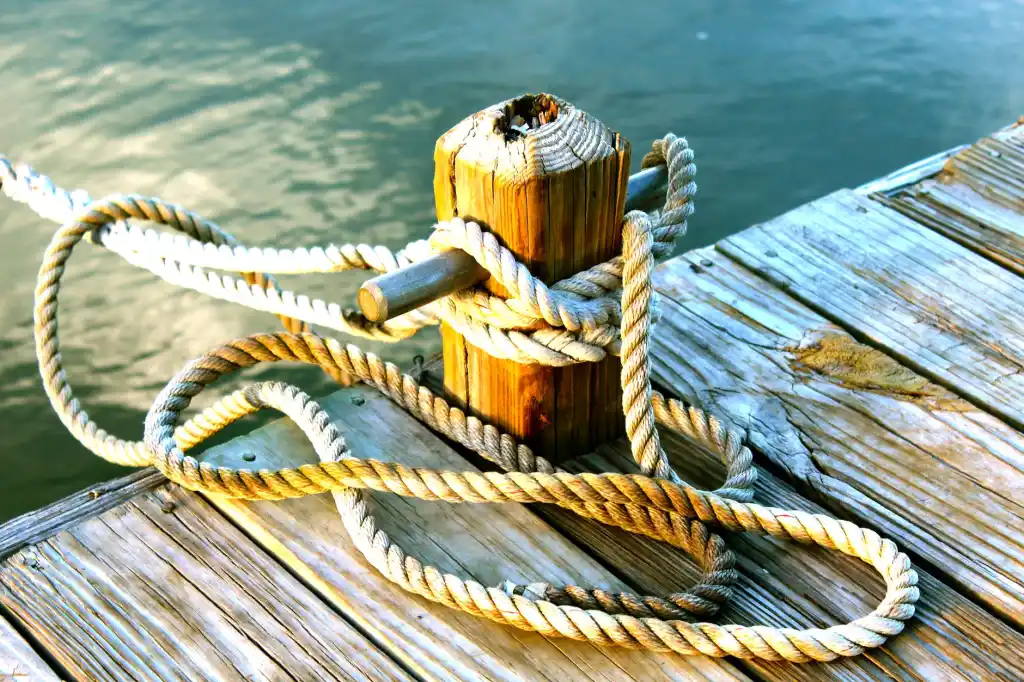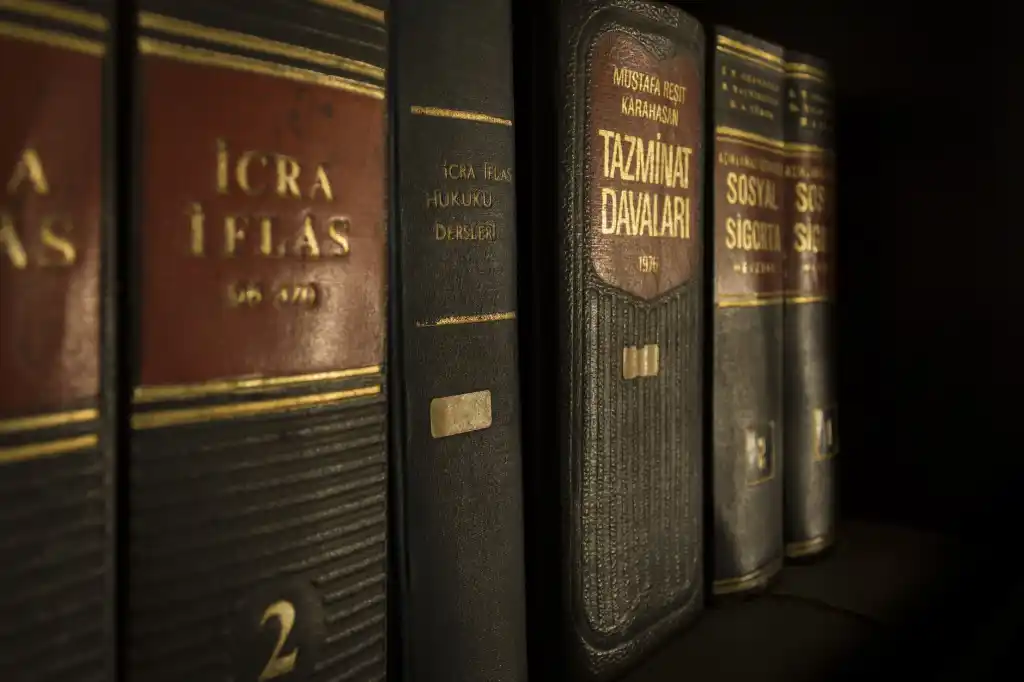During the course of your Longshore and Harbor Workers’ Compensation Act claim, you will have to determine whether you want to litigate or settle your claim. Therefore, it is important for you to know how Longshore Act claims are litigated. It is also important for you to have an attorney guide to help you understand Longshore Act procedure. Experience matters.
How Does the Longshore Act process work?
Following an injury, prompt medical attention is paramount for a successful claim under the Longshore and Harbor Workers’ Compensation Act (LHWCA). Your health takes precedence, and you have the right to select your treating physician or specialist.
The Department of Labor’s Division of Longshore and Harbor Workers’ Compensation (DLHWC) oversees claim administration, initially determining your eligibility for indemnity and medical benefits. Ensure all relevant medical records related to your injury are provided to the DLHWC.
Before making recommendations, the DLHWC typically seeks input from your employer and insurer through an informal conference, followed by the issuance of a memorandum. It’s advisable to have legal representation during this conference. If any party disagrees with the DLHWC’s memorandum, they file a Form LS-207 outlining their disagreement.
Subsequently, either party may escalate the case to the Office of Administrative Law Judges, initiating formal adjudication. Discovery requests are exchanged, including questions and document requests. Depositions may be scheduled with various parties, including the injured worker, doctors, defense experts, and representatives from the employer or insurance adjuster.
Following completion of discovery, a formal hearing takes place before an Administrative Law Judge. While administrative hearings may have relaxed rules of procedure and evidence, presenting a compelling case remains crucial to meet the burden of proof.
Post-hearing, there’s often a waiting period, sometimes up to a year, for the Administrative Law Judge to issue an opinion. Subsequently, either party can opt to appeal or accept the Judge’s opinion.
Navigating a disputed Longshore Act case can indeed be lengthy and challenging. It requires patience and strategic legal guidance to navigate the process effectively.
After an injury you will have to:
- Seek ongoing medical treatment.
- File an Employee’s Claim for Compensation, Form LS-203.
- Work with the DLHWC.
- Participate in one or more informal conferences with the employer and carrier.
- Participate in discovery requests by answering questions and supplying documents.
- Give a deposition.
- Undergo medical examinations and testing.
- Testify at trial.
- Wait for the Administrative Law Judge’s order.
What if I Just Want to Settle My Claim?
Certainly, formal adjudication isn’t the only option. Settlement discussions can occur at any point during your claim process. In fact, the majority of cases end in settlement. However, understanding how to settle your claim and ensuring you receive the best possible deal is crucial as it directly impacts your future.
Fortunately, any settlement you reach must be deemed “reasonable” by the DLHWC or an Administrative Law Judge for approval. This requirement ensures that your interests are protected and that you’re not agreeing to an unfair or inadequate settlement. Therefore, it’s essential to approach settlement negotiations with careful consideration and potentially with the guidance of legal counsel to ensure your rights are upheld and you receive appropriate compensation for your injuries.
Most settlements are reviewed by the DLHWC, which looks at a number of factors to determine if you are getting a reasonable settlement:
- Medical records. The DLHWC needs to know whether you have reached “maximum medical improvement,” and whether you have any impairment ratings to any scheduled body parts.
- Loss of wage earning capacity. The DLHWC needs to know whether you have returned to work or whether there is other employment that you can perform.
- Disputed legal or factual issues. Employers and carriers tend to favor disputes. The more disputed issues that exist, the cheaper they can settle a claim. Some typical disputed issues in Longshore Act claims include average weekly wage, chronic medical issues, and the amount of benefits owed.
The DLHWC has thirty days to review a settlement. If the DLHWC believes that the settlement is reasonable, it will issue a Compensation Order. The employer and carrier have ten days to put the settlement money in your hands.
If the employer and carrier fail to pay you within the ten day deadline, then they are on the hook for a stiff penalty equal to 20% of the amount of the outstanding sum. The ten day rule applies no matter whether the injured worker lives in the United States or in another country.
Are There Other Ways to Resolve a Claim?
Besides compensation orders and settlements, parties sometimes enter into Stipulations. There are important considerations when entering into Stipulations with an employer or carrier, such as:
- Whether ongoing or future medical benefits remain available.
- Whether the Stipulations allow for ongoing compensation benefits.
- Whether you will be paid a lump sum for any permanent impairment ratings that a doctor may have assigned.
Do I Need an Attorney?
If you are asking yourself whether you need an attorney, then the answer is, “Yes!” You are rightfully concerned about your medical status, your need for future medical care, and your need for lost wage benefits. It is your future, and you owe it to yourself to take every precaution with your Longshore Act claim.
If you wish for an attorney to contact you, fill out the contact form and an attorney will reach out to you.






Leave a comment